1 month ago · Updated 2 weeks ago
Lower Horseshoe Lake is a popular destination for anglers seeking a mix of warmwater species in a scenic setting. This report summarizes the latest evidenced catches and conditions for Lower Horseshoe Lake, USA.
Weekly Catches
No verified catches in the last 7 or 15 days; the catches below cover the last 21 days.
Largemouth Bass
Largemouth bass have been active in their fall feeding pattern, with anglers reporting good success. Fish are targeting rock points with scattered weeds and moving into shallow reed beds as water temperatures cool. The most productive areas have been transitional zones from 8–12 feet deep adjacent to deeper water, especially where weed edges provide ambush points. While specific sizes were not reported, the bite has been consistent for those using spinnerbaits, crankbaits, and soft plastics. Bluegill and crappie are the primary forage this season.
- Best locations: rock points, shallow reed beds, weed edges (8–12 ft)
- Effective baits: spinnerbaits, crankbaits, soft plastics
- Forage: bluegill, crappie
Crappie
Crappie catches have been reported around brush and deeper weed edges. Anglers are finding fish suspended near structure, especially in areas with scattered weeds. The most effective technique has been slow trolling or casting jigs and minnows in 3–5 feet of water, particularly out from trees and along the main lake. No specific sizes were documented, but the action has been steady for those targeting schools with electronics.
- Best locations: brush, deep weed edges, out from trees
- Effective baits: jigs, minnows
- Depth: 3–5 ft
Bluegill & Panfish
Bluegill and other panfish are feeding well, especially around weed edges and shallow cover. The most productive areas have been outside shoreline cover and along scattered weed beds. Anglers are using redworms, crickets, and small jigs to target fish in 3–5 feet of water. Bluegill are staging near emerging vegetation and are a key forage for bass this time of year.
- Best locations: weed edges, shoreline cover
- Effective baits: redworms, crickets, small jigs
- Depth: 3–5 ft
Catfish
Catfish have been caught using cut bait and other natural baits on yo-yos, jugs, trotlines, and rods-and-reels. The most productive spots are outside shoreline cover and in runout areas at depths of 3–5 feet. No specific sizes or numbers were reported, but anglers are finding steady action with traditional catfish baits.
- Best locations: outside shoreline cover, runout areas
- Effective baits: cut bait, natural baits
- Depth: 3–5 ft
White Bass
White bass are being caught by casting shad-imitating jigs and small crankbaits over ramps, off sandy points, and in runout areas. There are no size or number limits on white or yellow bass at Lower Horseshoe Lake. Anglers should note that striped bass and hybrids, if encountered, must be over 15 inches with a daily limit of 6 fish per person.
- Best locations: ramps, sandy points, runout areas
- Effective baits: shad-imitating jigs, small crankbaits
Weather & Marine Conditions
Recent weather has featured cool mornings and warm afternoons, with water temperatures dropping into the mid-60s to low-70s Fahrenheit. Water levels have been falling, and clarity is generally good to murky depending on location. These conditions have prompted fish to move into their fall feeding zones, with increased activity in shallower areas and around structure.
Tides & Solunar Activity
The current moon cycle has been favorable for fishing, with the best days running through October 24. Anglers have reported improved bites during this period, especially for catfish and crappie. Solunar tables suggest continued good action as fish respond to seasonal changes and lunar influence.
Fishing Conditions & Tips
With fish moving into shallower water and feeding zones, anglers should focus on weed edges, rock points, and transitional areas. Using electronics to locate schools of crappie and panfish can improve success. For bass, target ambush points with spinnerbaits and crankbaits, and adjust presentations based on water temperature and clarity. Catfish anglers should deploy cut bait and natural baits in runout areas and along shoreline cover. Early mornings and late afternoons have produced the most consistent bites.
Regulations & Notices
Statewide creel and size limits apply to all fish species at Lower Horseshoe Lake. For white and yellow bass, there are no size or number limits. Striped bass and hybrids must be over 15 inches, with a daily limit of 6 fish per person. Anglers are reminded to check for any special regulations or seasonal closures before fishing, and to practice catch-and-release when appropriate to maintain healthy fish populations.
Fishing Dashboard 🎣
Your one-stop hub for tides, catches, and weather — tailored to your favorite fishing spots
Lower Horseshoe Lake
Loading...

Loading...
Loading...

TEMPERATURE
--
Feels like
--

WIND
--
--
--

PRECIPITATION
--
--
--

HUMIDITY
--
Relative humidity
--

PRESSURE
--
--
--

UV INDEX
--
--
--

VISIBILITY
--
Distance visible
--

WATER CONDITIONS
--
Water temperature
--
24-Hour Forecast
Fishing Spots Map
Nearby Spots
About Our Fishing Forecasts
This forecast is generated by our proprietary Fishing Score algorithm (0-100%), which analyzes real-time data from Open-Meteo API, validated against NOAA CO-OPS tide gauges and USGS water monitoring stations. The model weighs tide dynamics (35%), wave energy (25%), wind patterns (20%), and time of day (20%)—factors proven to influence fish feeding behavior through marine biology research and decades of charter log data.
Our species guides combine bibliographic research from ichthyology and oceanography with expert angler experience to provide actionable fishing intelligence. Forecasts update every 6 hours for real-time accuracy.
⚠️ Important: Always verify local regulations before fishing. Conditions may vary—use this as a planning guide, not a guarantee.
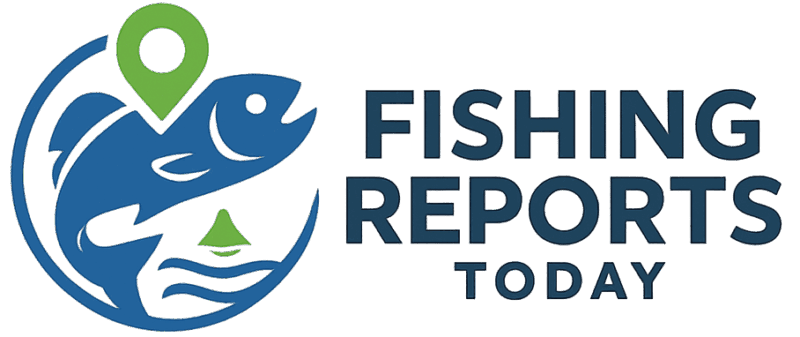
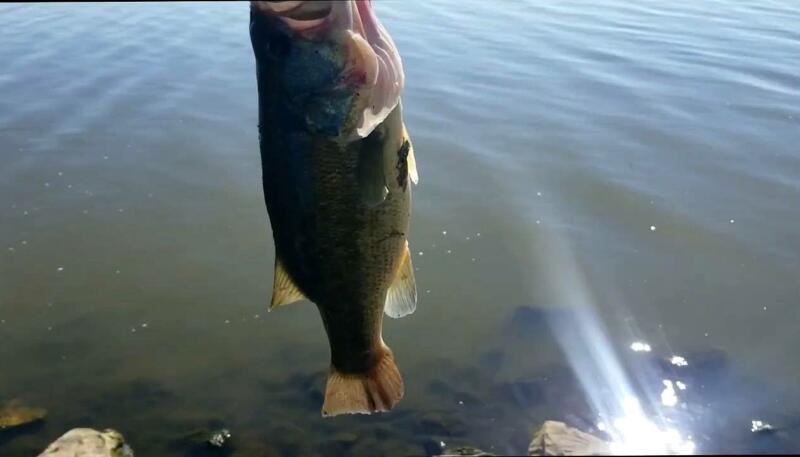
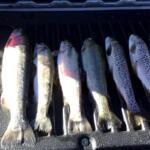
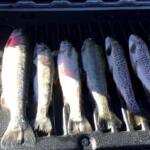
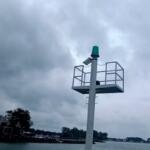


Leave a Reply